With his steely gray hair and eyes shining through gold-rimmed spectacles, Liu Yung always gives a strong impression. At no time is his enthusiasm and self-confidence more apparent than when he talks about his art.
Perhaps because of his Peking ancestry, or his experience as a television and news broadcaster, Liu speaks clear and precise Mandarin Chinese. He is best remembered for his rapid-fire diction during a general knowledge contest which he hosted on the China Television Service some seven years ago.
Most people are content to use language as a means of getting their message across. Few pay any attention to controlling the tone and pitch. Liu is the exception, not through any desire to show off, but simply because he is a perfectionist in language, as in everything he does.
Liu certainly brings this ideal of perfection to his art. When he was a broadcaster, he obtained a more thorough knowledge of what motivates people, and he was able to use this in his painting. At the same time, the clarity he learned from painting helped him in the selection of items to include in his newscasts.
Between the ages of 18 and 28, before he went to the United States, Liu was slowly developing his artistic ability to the peak of perfection. Often, he would withdraw from the world to seek tranquillity, and his artistic inspiration took in such themes as the moon in the evening, the autumn woods, the walls of the city. . . in fact anything which could express his deepest feelings.
Liu explained: "Tranquillity is not the same as silence. The sound of the birds, cicadas, of pines swaying and bamboo creaking in the wind, of rain falling on the roof, of men calling in the mountains, or a bell sounding in the night, these can all give a feeling of tranquillity. Modern man should not retreat into the woods or mountains all the time, however. He should sometimes try to find tranquillity amidst the bustle of everyday life." Liu's idea of tranquillity is easy to understand from his paintings. The peace of mountains and the moon in the evening have infinite implications.
Liu Yung's career reached its peak in 1978 when he was honored as the most outstanding television reporter by the Tsung Ho Television Monthly. On the same day, he decided to leave CTS in order to take up an invitation from the Government Information Office and the National History Museum to go on a lecture tour of the U.S. during which he would display his art works. This was an important turning point in Liu's career, based on his desire to return to a "pastoral" life. His honor of being chosen as an outstanding reporter enabled him to enter a new phase of endeavor without any doubts or regrets.
Over the past four years, Liu has toured the U.S., holding more than 40 shows. He has made a name for himself as an artist, and is currently professor of art at the St John's University in New York. He has taught more than 400 students in the U.S., and feels the greatest handicap for Americans trying to study Chinese painting is a lack of English language books and English speaking teachers in the field. As a result, he is thinking of starting a Chinese Painting Association in the U.S. to strengthen relations between Chinese and American artists and to widen their influence. He is also cooperating with St. John's and Chinese television stations to produce a television series on Chinese culture for broadcast in the U.S. In April, Liu Yung returned to Taiwan to work together with local television stations to bring his ideals closer to realization.
Now aged 34, Liu has published nine books, been recognized as an outstanding television reporter, held many painting exhibitions and become a cultural ambassador. So many accomplishments for one so young is certainly noteworthy. Liu has had to work hard and use all the resources of his imagination to get where he is today, which is perhaps the reason for his gray hair. Observers of the cultural scene are convinced that he will succeed in any profession he may take up in the future. He has a modern attitude to life, and will seize any opportunity which comes his way. His sensitivity and deep emotions enable him to be inspired by the smallest things, even a tree, bird or flower.
[Picture Caption]
1) Liu Yung paints in his study. 2) A lonely moon over the mountains, a design heavy with emotion. 3) A lonely rider and a bird in flight. The black and white design adds to the feeling of desolation.
1,2,3) Liu Yung's rich landscapes. With brush and ink he captures the way of nature. 4) The long and deep Yangtse River winds through the willows in this painting. 5) Liu Yung used calligraphic strokes to draw the branches in this painting.
1,2,3) This is the first time Liu Yung's animal and flowers, especially, can be compared with those of the Ching Dynasty.

A lonely moon over the mountains, a design heavy with emotion.

A lonely rider and a bird in flight. The black and white design adds to the feeling of desolation.

Liu Yung's rich landscapes. With brush and ink he captures the way of nature.
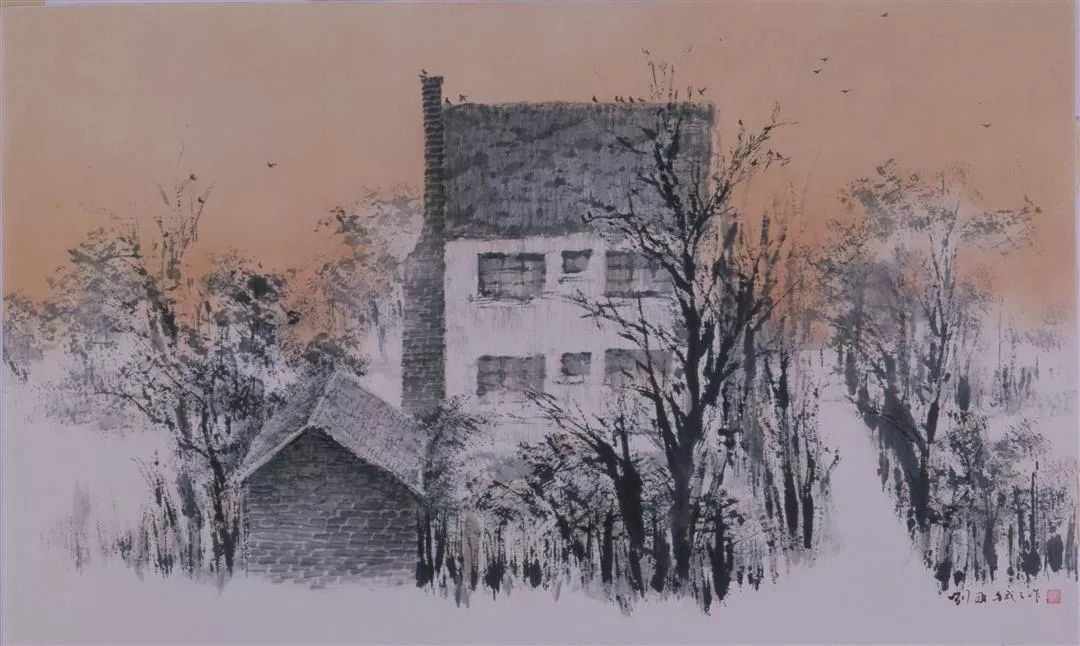
Liu Yung's rich landscapes. With brush and ink he captures the way of nature.
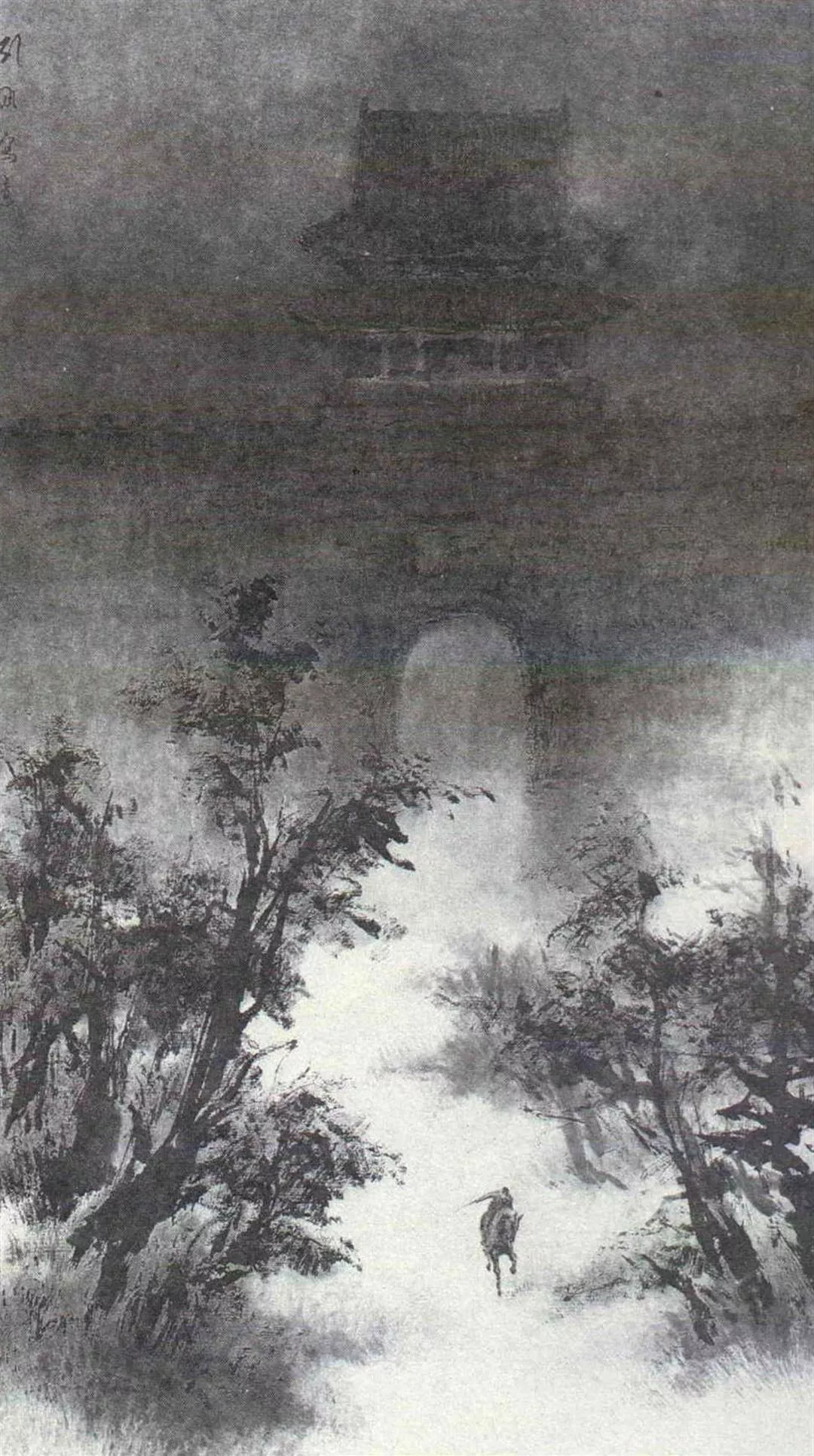
Liu Yung's rich landscapes. With brush and ink he captures the way of nature.
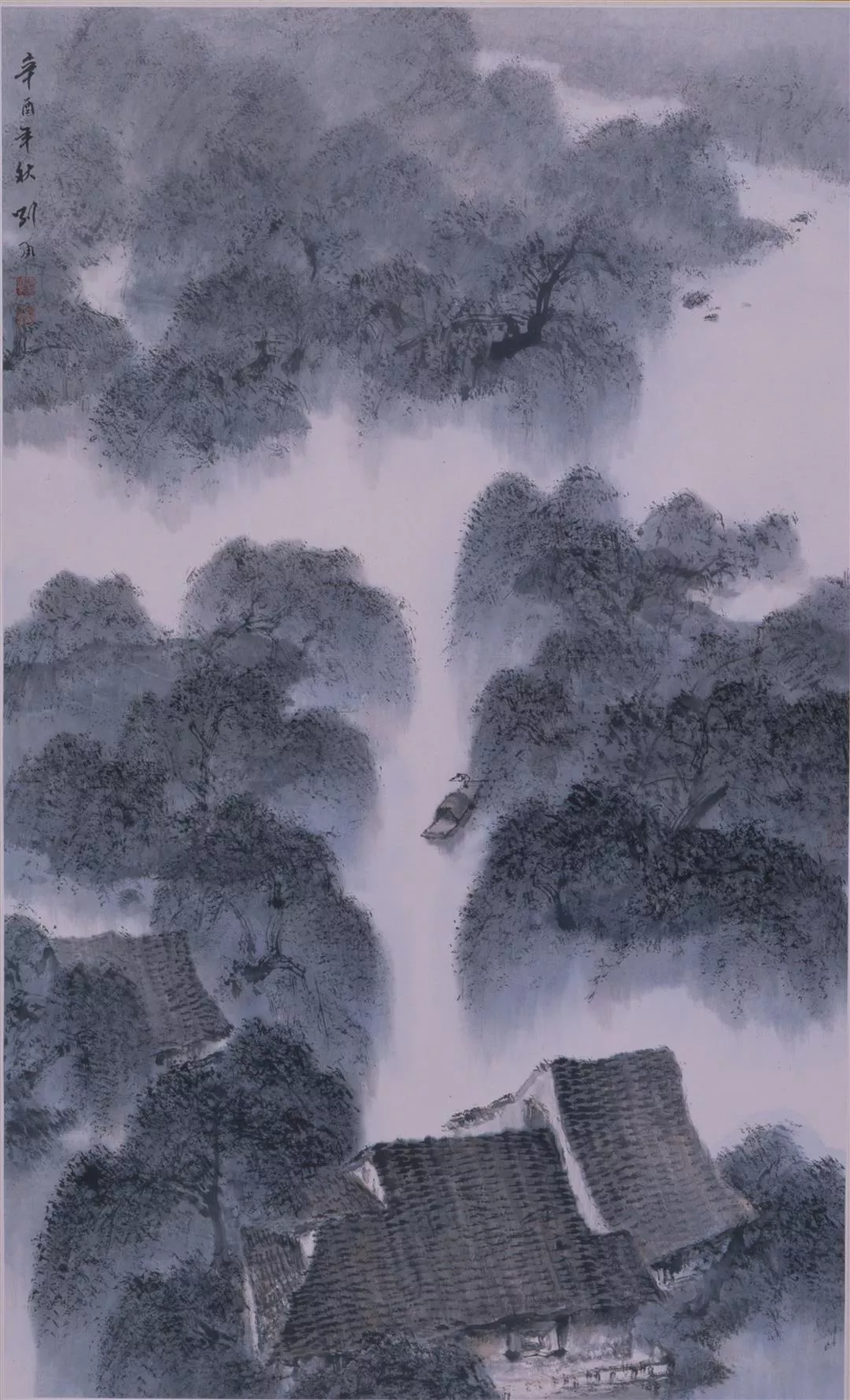
The long and deep Yangtse River winds through the willows in this painting.
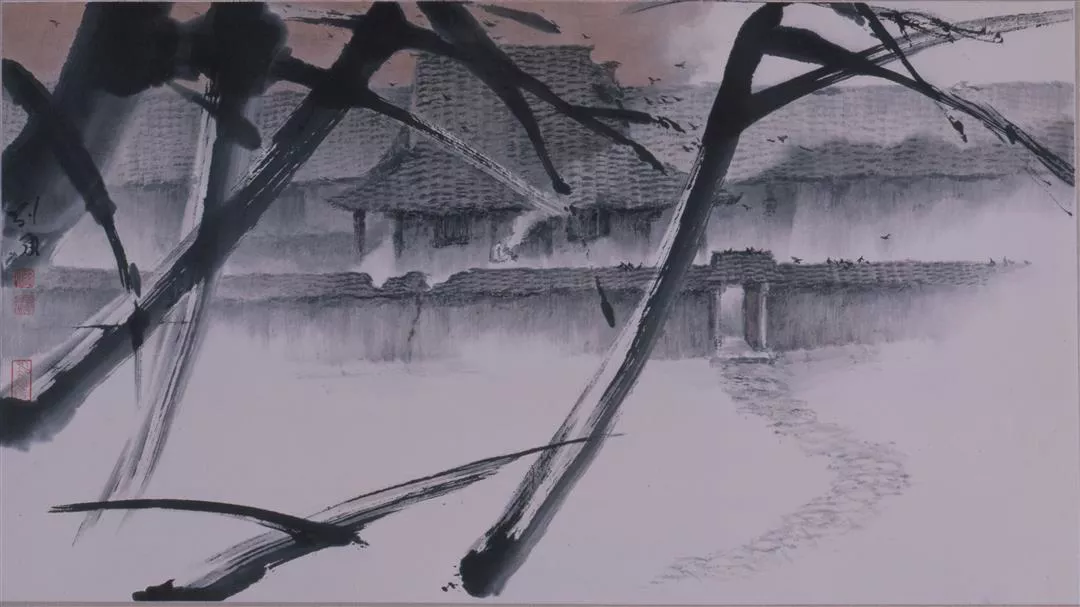
Liu Yung used calligraphic strokes to draw the branches in this painting.
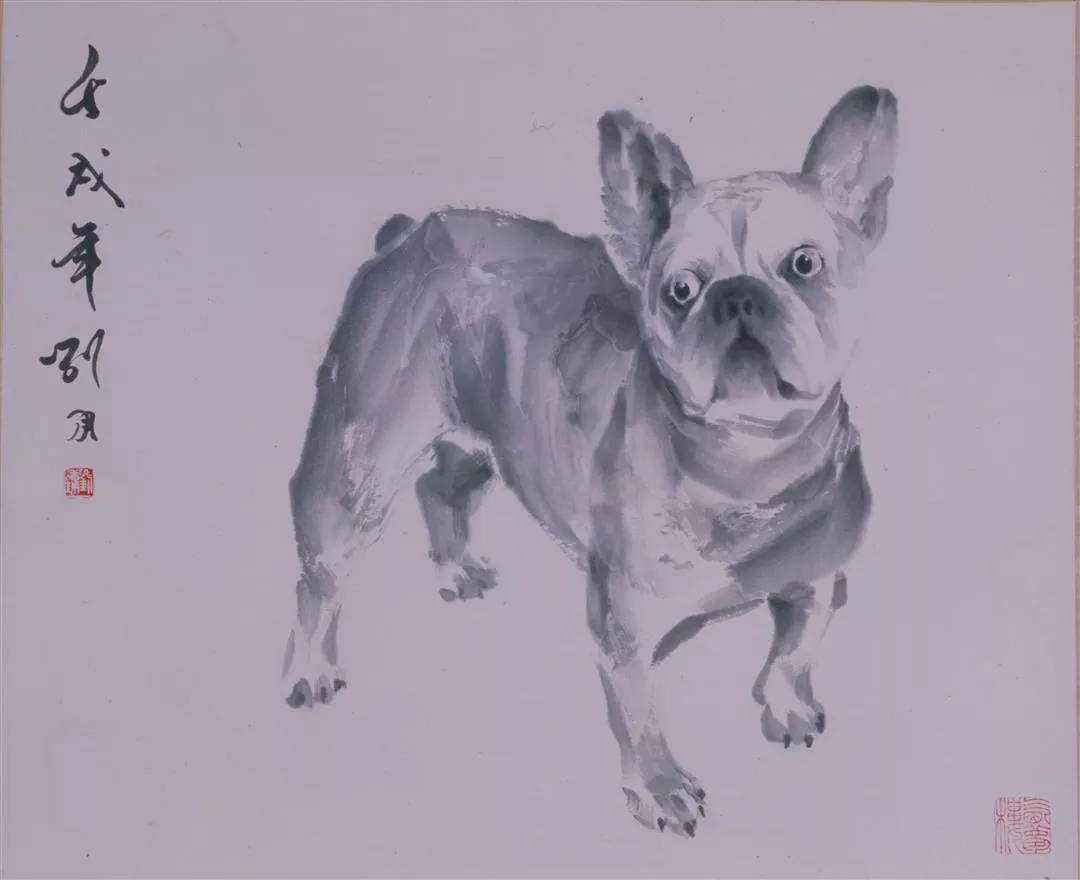
This is the first time Liu Yung's animal and flowers, especially, can be compared with those of the Ching Dynasty.

This is the first time Liu Yung's animal and flowers, especially, can be compared with those of the Ching Dynasty.
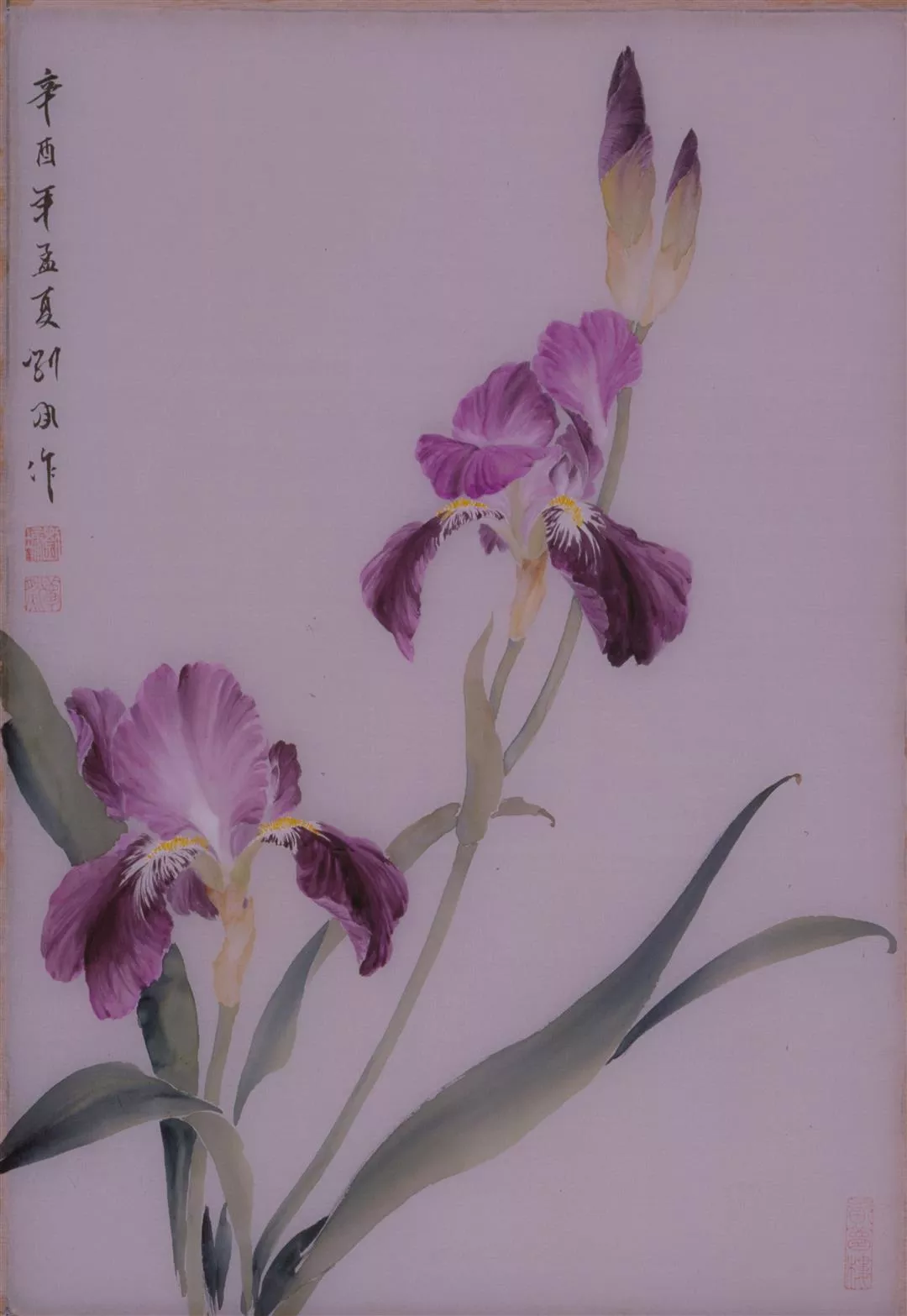
This is the first time Liu Yung's animal and flowers, especially, can be compared with those of the Ching Dynasty.